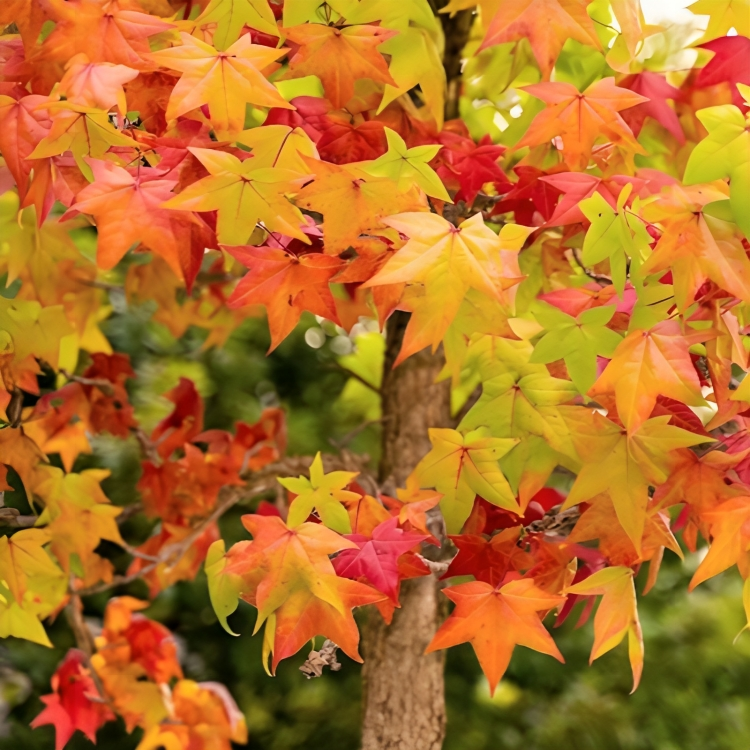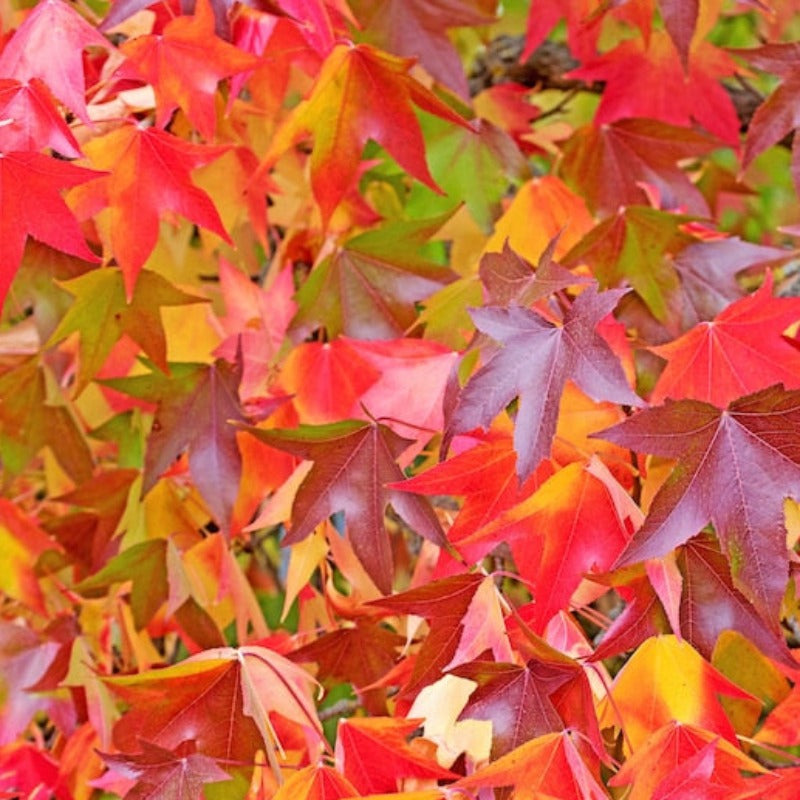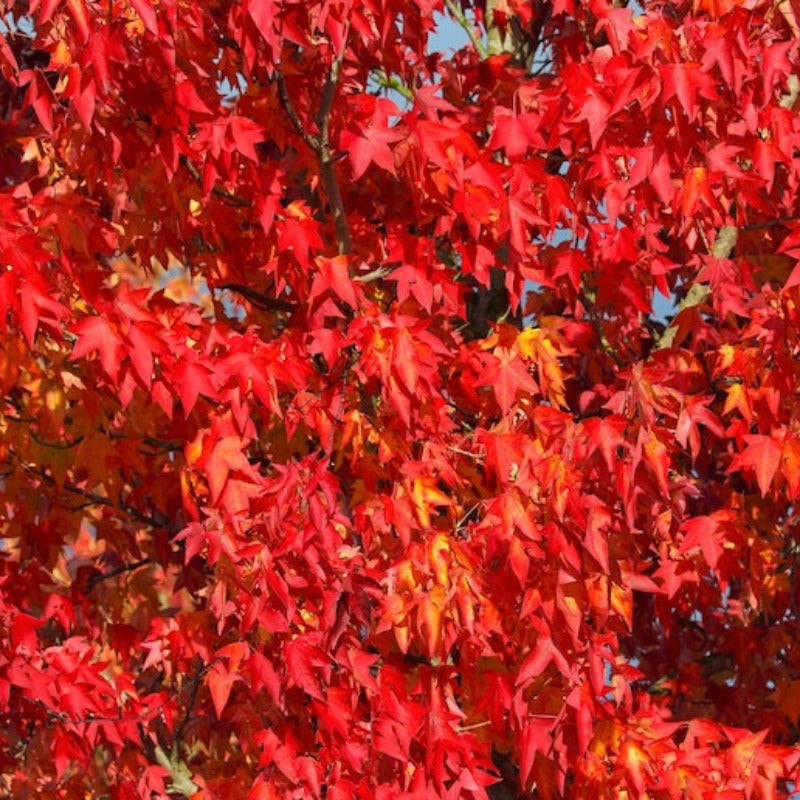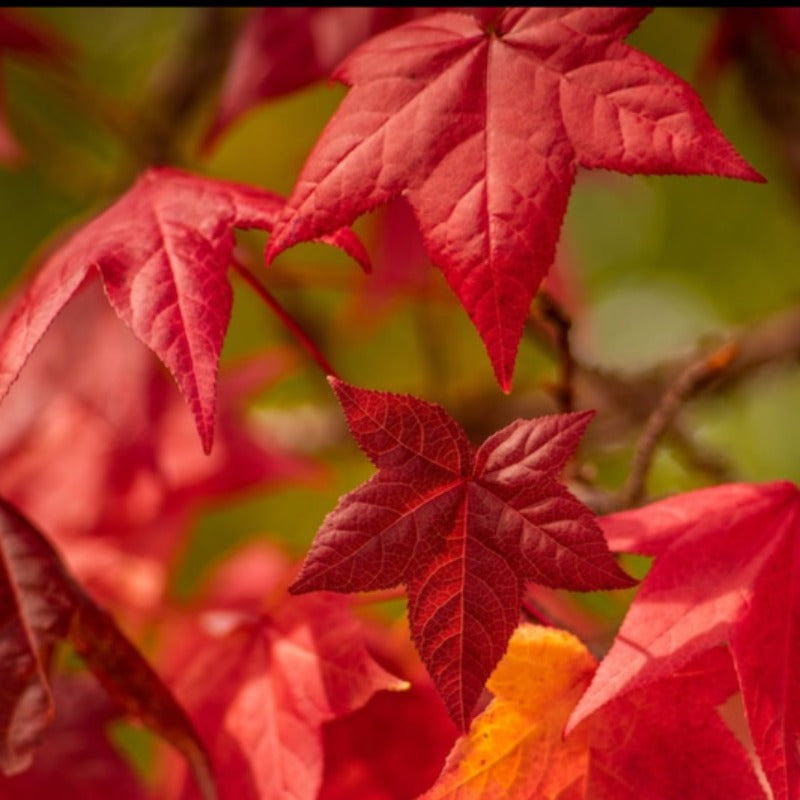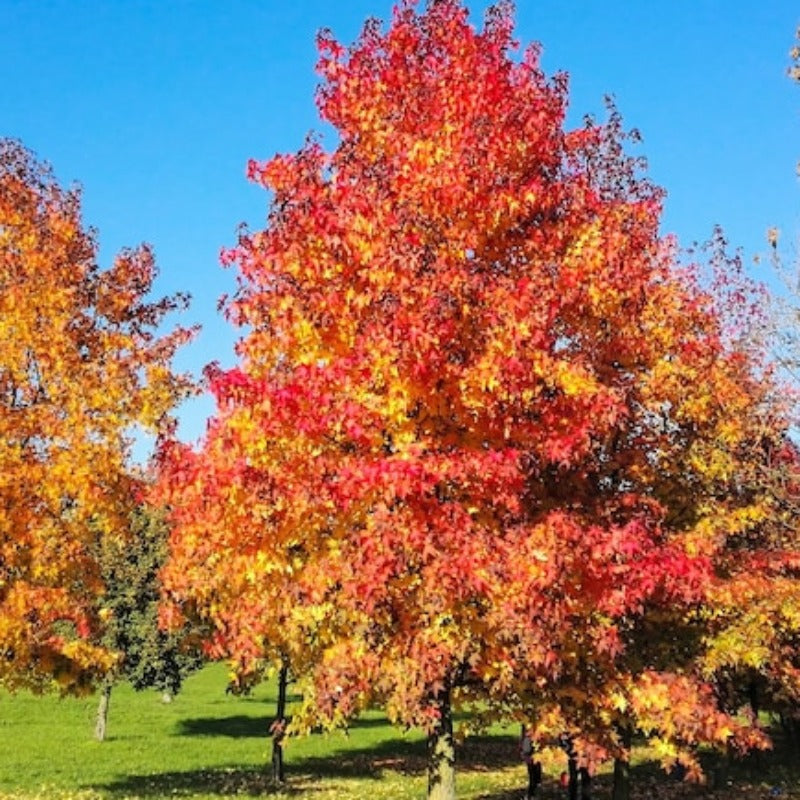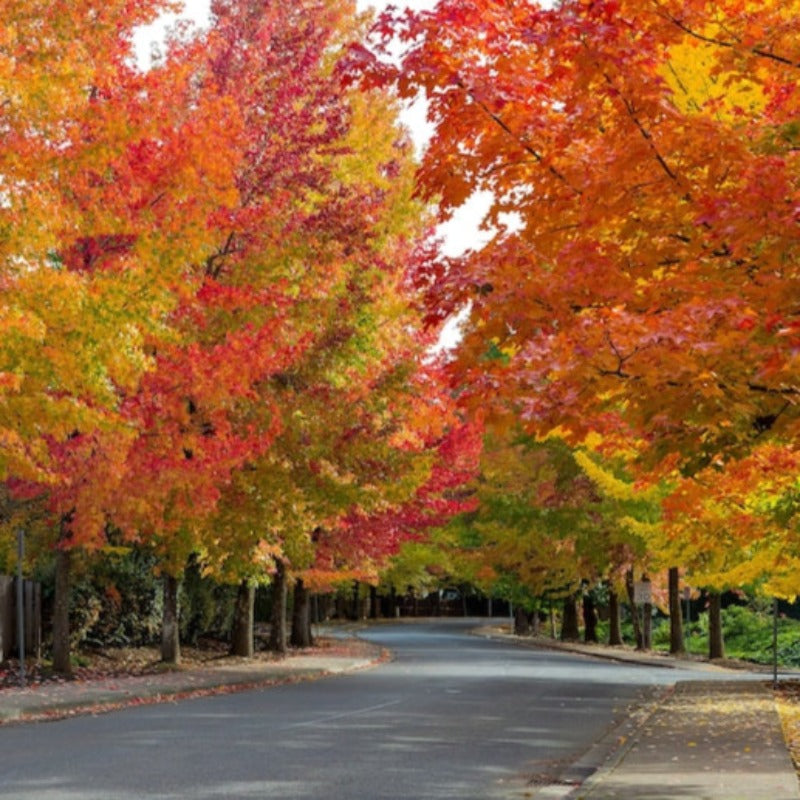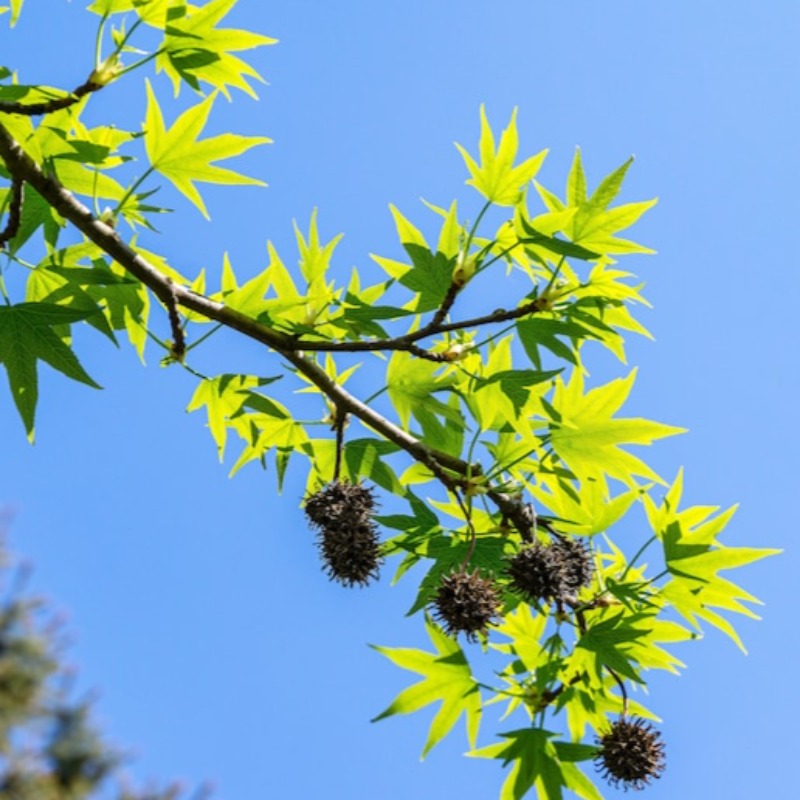- Historical context: American Sweetgum (Liquidambar styraciflua) is a deciduous tree native to the southeastern United States and parts of Mexico and Central America. It has been valued for its ornamental beauty and timber.
- Geographical origination: The tree is native to the southeastern United States, extending from Connecticut to Florida and west to Illinois, Missouri, and Texas. It is also found in parts of Mexico and Central America.
- Relevant cultural significance: The American Sweetgum has been used by Native Americans for medicinal purposes and by early settlers for its timber and resin.
- Time period of discovery: The tree was first described scientifically in the 18th century by Carl Linnaeus.
- Original habitat: It thrives in bottomlands, swamps, and along streams and rivers, preferring moist, well-drained soils.
- Notable historical uses: The resin, known as storax, was used historically for medicinal purposes, including treating coughs and wounds. The wood has been used for furniture, flooring, and veneers.
- Ideal temperature range: 60-85°F (15-29°C).
- Soil type: Prefers moist, well-drained, acidic to neutral soils but can tolerate a range of soil types.
- Sunlight requirements: Full sun to partial shade.
- Watering needs: Requires regular watering, especially during dry periods. Young trees need more frequent watering.
- Planting season: Best planted in the fall or early spring.
- Germination time: Seeds typically germinate in 1-2 months under optimal conditions.
- Growth cycle duration: The tree can live for over 150 years and reaches maturity in about 20-30 years.
- Common pests and diseases: Susceptible to pests like the sweetgum webworm and diseases such as canker and leaf spot.
- Companion planting advice: Can be planted with other native trees like oaks and maples. Avoid planting near sidewalks or driveways due to its surface roots.
- Common challenges and solutions: Surface roots can cause issues with sidewalks and driveways. Regular pruning and proper placement can mitigate these problems.
- Nutritional values: Not applicable as the seeds are not typically consumed.
- Health benefits: The resin has been used in traditional medicine for its antiseptic and expectorant properties.
- Culinary uses: Not commonly used in culinary applications.
- Medicinal uses: Historically, the resin was used to treat coughs, wounds, and other ailments.
- Other unique advantages: The tree is valued for its vibrant fall foliage, which ranges from yellow to red to purple. It also provides habitat and food for wildlife.
